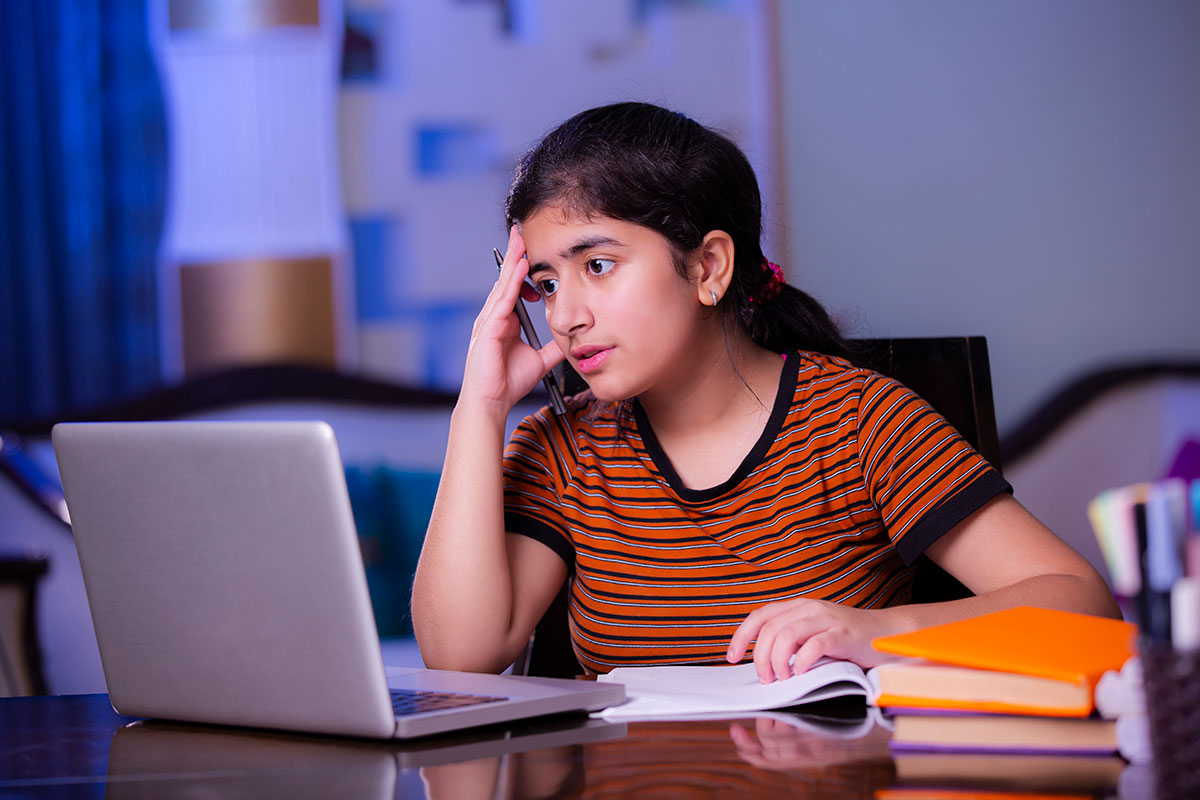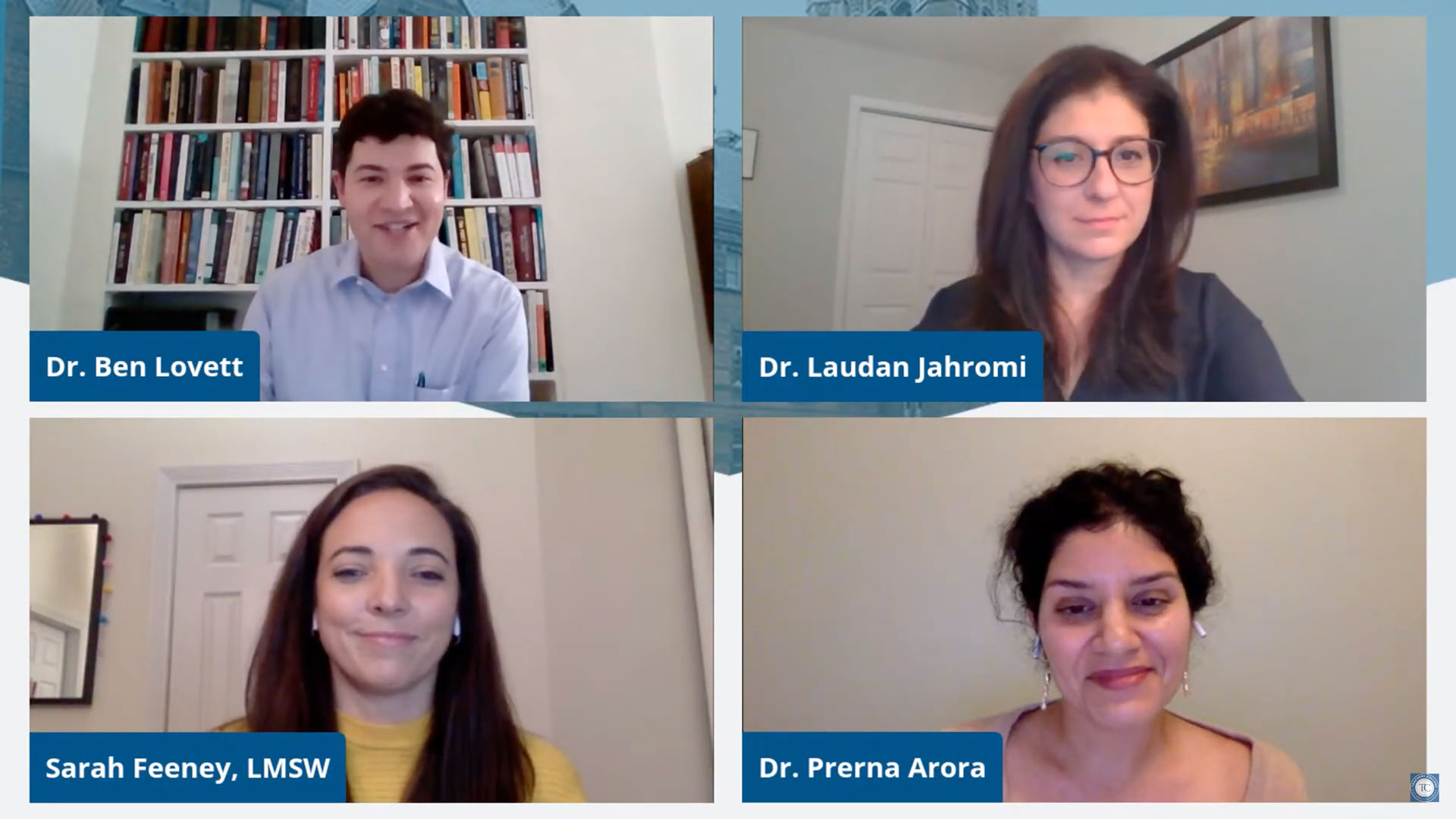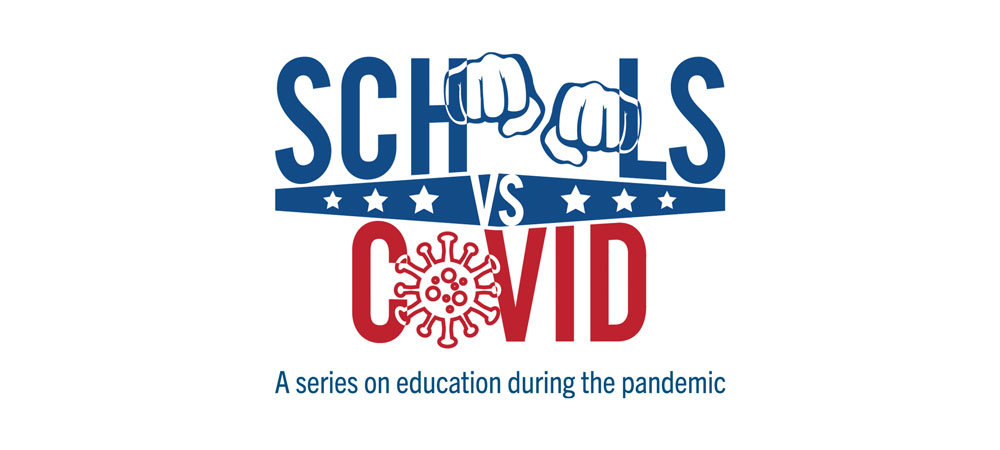Making sure that students have access to earbuds or headphones became a priority for school guidance counselor Sarah Feeney once the coronavirus forced many children to stay home.
“I had to consider how counseling at home could change our service to the students and the therapeutic relationship,” says Feeney, who works at the Teachers College Community School in West Harlem. “And if a student is sitting in the living room or kitchen near other family members, they need an opportunity to create a safe space” for discreet discussions with the school counselor.
Feeney shared that glimpse into the psychological dimensions of COVID-era schooling in a virtual roundtable discussion — A Mid-Year Report Card: Assessing Children’s Social and Emotional Health — presented this past week as part of the ongoing TC Come Together series.
The discussion was joined by Professor of Psychology & Education Laudan Jahromi, Chair of TC’s Department of Health & Behavior Studies and Director of the Programs in Intellectual Disability/Autism, and Assistant Professor of School Psychology Prerna Arora, Director of TC’s School Mental Health for Minority Youth and Families (SMILE) Research Lab.
Associate Professor of Psychology & Education Benjamin Lovett, also of the School Psychology program, served as moderator.
Quantitative research on the consequences of extended non-classroom learning is still at the formative stage, the panelists said, but preliminary findings are linking negative outcomes to the curtailment of in-person academic and social-emotional support services.
“We’ve seen higher rates of depression, higher rates of anxiety and, unfortunately, suicidal ideation,” said Arora. “These concerns have been heightened among certain groups of individuals with neighborhood and socioeconomic stress, poverty or things that might impact internet access.”
[Read a story on how schools are grappling with the psychological fallout of the pandemic. Read a story on Arora’s research on the need for the field of school psychology to better serve immigrant-origin and minority students.]
The absence of personal interaction is also exacting a toll on learning.
It has been a real challenge to bring joy through a screen when students are not seeing the faces of their teachers or working side-by-side with friends.
— Sarah Feeney, Guidance Counselor, Teachers College Community School
“It’s difficult for kids to connect with their academic learning when you remove the emotional energy of a school,” said Feeney. “It has been a real challenge to bring joy through a screen when students are not seeing the faces of their teachers or working side-by-side with friends.”
Lovett, whose research focuses on the diagnostic assessment of learning disabilities and ADHD, offered some practical insights for students with the latter issue.
“ADHD is a deficit in executive function — being able to plan and self-regulate and organize,” he said. Everyone is experiencing an inability to plan and a lack of stamina during the pandemic, but kids with ADHD are likely having particular struggles with “Zoom fatigue.” Strategies to combat the problem, Lovett said, include ensuring that these students take frequent breaks and rewarding them with activities they enjoy after sustained online classroom sessions.
Jahromi, who focuses on students with special needs, sees at least one long-term upside to virtual learning.
This process has given parents a front seat for their children’s learning in many cases. It is difficult for some. But for others, the opportunity to really engage with teachers and become a part of their child’s learning process has been a positive.
— Laudan Jahromi, Professor of Psychology & Education
“This process has given parents a front seat for their children’s learning in many cases,” she said. “It is difficult for some. But for others, the opportunity to really engage with teachers and become a part of their child’s learning process has been a positive. And some of the positives we’ve learned from this process could carry over into a post-pandemic period.”


